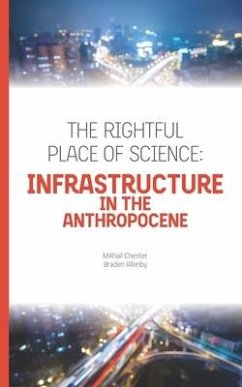Humans are at the dawn of major shifts in the relationships among society, the environment, and technology. This transformation has profound implications for the design and management of the critical infrastructure that serves as the backbone for virtually every activity and service. Policymakers and the public have been largely able to ignore these systems, assuming that they'll continue to function as they have in the past. This is no longer a reasonable assumption. It's time to come to grips with the reality that the complexity of infrastructure is exploding, emerging and disruptive technologies are accelerating, history is no longer a reliable guide to the future-and education on these issues is insufficient. Infrastructure in the Anthropocene is a "timely and critical" (Chris Hendrickson, National Academy of Engineering) guide by two of the country's leading scholars of sustainable engineering, adaptation, and innovation. This indispensable book provides "practical and implementable" (Emmanuel Liban, American Society of Civil Engineers Committee on Sustainability Chair) insight into what modern infrastructure can and should do, and how it should function on a planet now dominated by humans.
Hinweis: Dieser Artikel kann nur an eine deutsche Lieferadresse ausgeliefert werden.
Hinweis: Dieser Artikel kann nur an eine deutsche Lieferadresse ausgeliefert werden.








